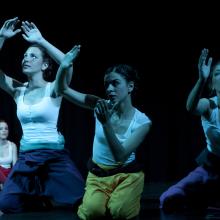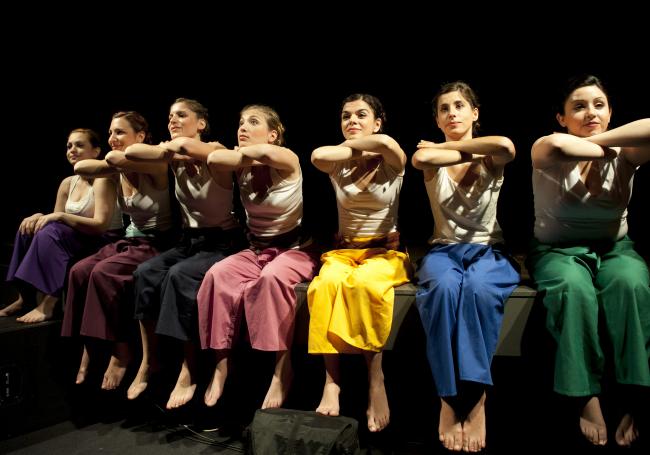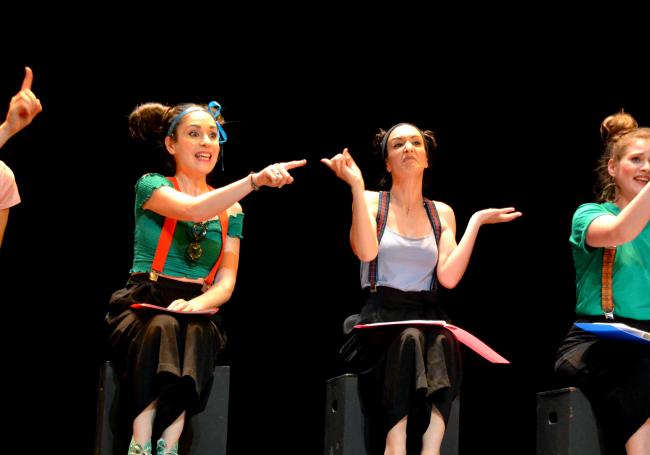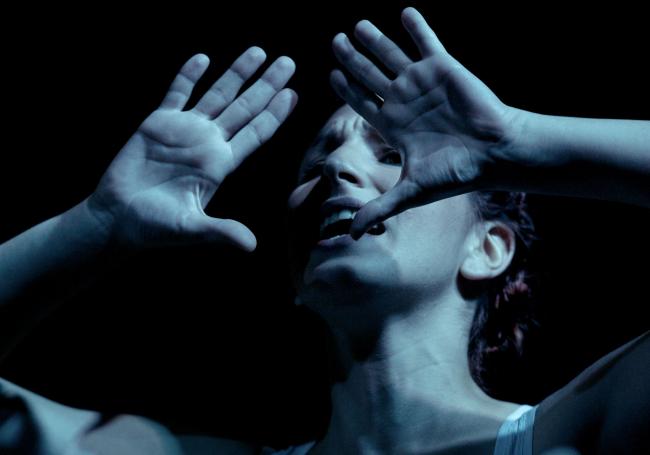The training on pedagogical use of the arts requires a didactic method that has a triadic structure connecting a) participation in arts activities, b) theoretical instruction and c) methodological analysis. In other words, educators being trained in issues related to Art in Education must:
- be exposed to situations that contribute to their own aesthetic development,
- approach and process various epistemological, historical, philosophical, conceptual etc. aesthetic themes that contribute to their scientific-academic aesthetic expertise,
- study and analyze issues related to the methodology of implementing aesthetic activities in educational settings.
Thus, the training of participants in ANIMA courses consists of:
- their practical acquaintance with aesthetic games, directly related to what they can implement with their pupils,
- their theoretical education, in relation to aesthetics and art, aesthetic experience, aesthetic concepts, psychological functions related to the creation and uptake of works of art, creative teaching, aesthetic education and development,
- their training on methodological analysis of activities and teaching methodology (awareness of the goals to be achieved, methods of approach, methods of adaptation of activities to the teaching conditions, interests, developmental level and aesthetic skills of the group of students, connection of aesthetic activities with various chapters of programs of study, influence of aesthetic activities on the socialization and academic performance of children etc.).




